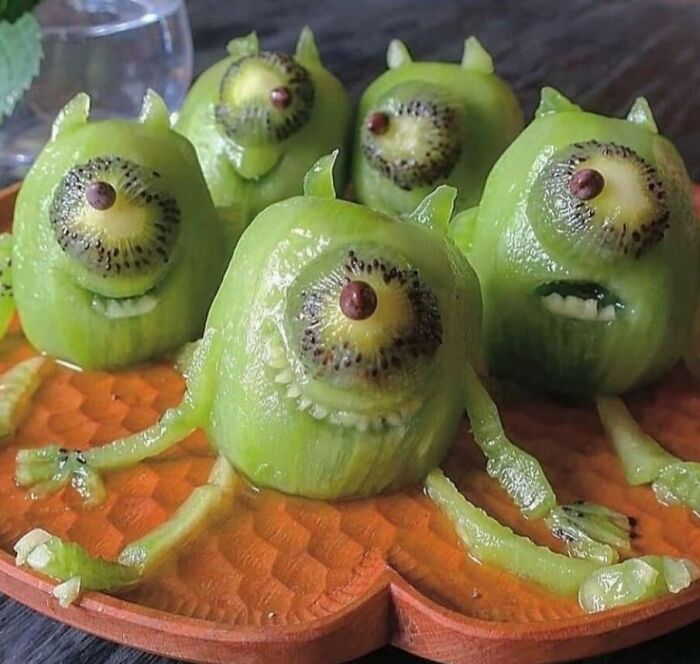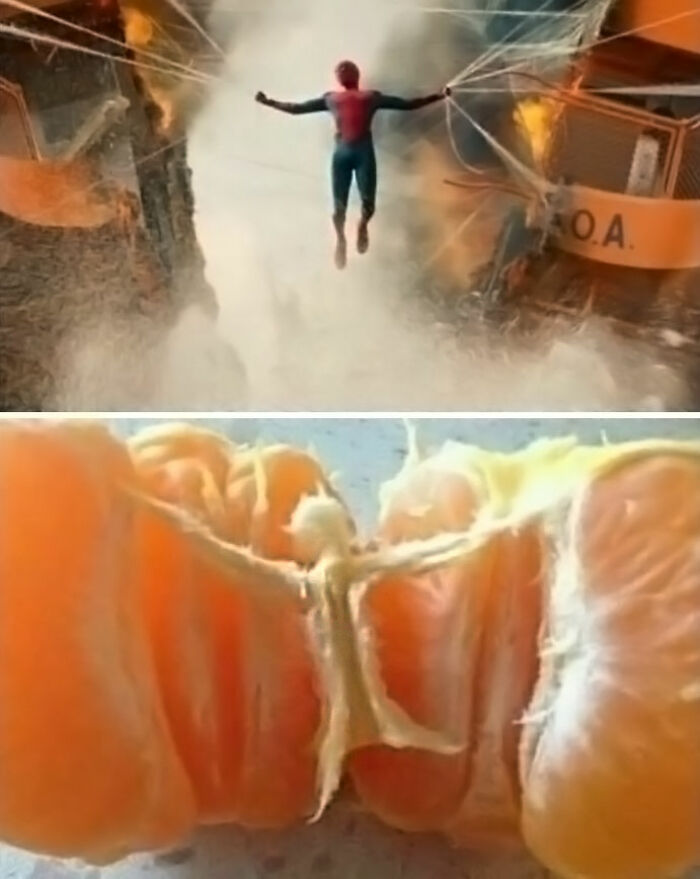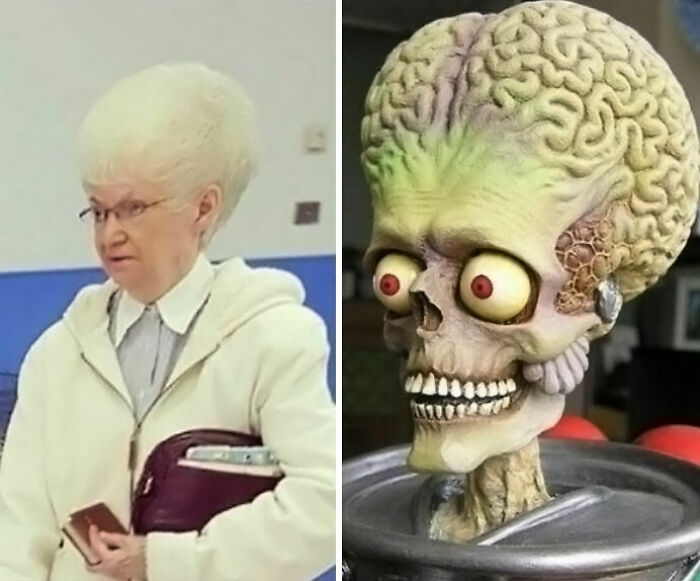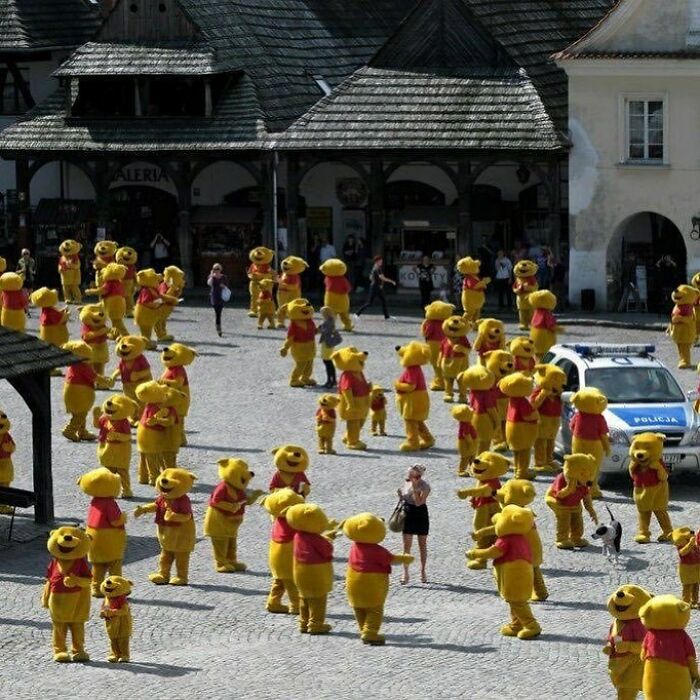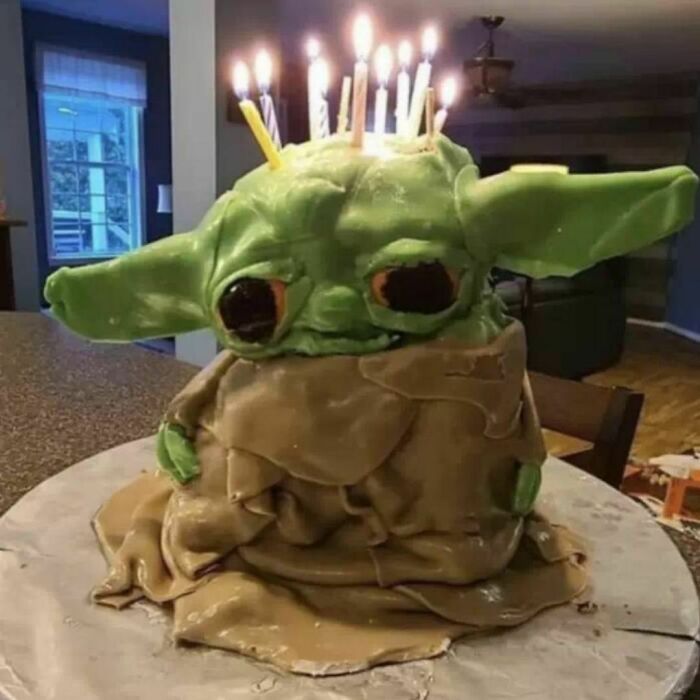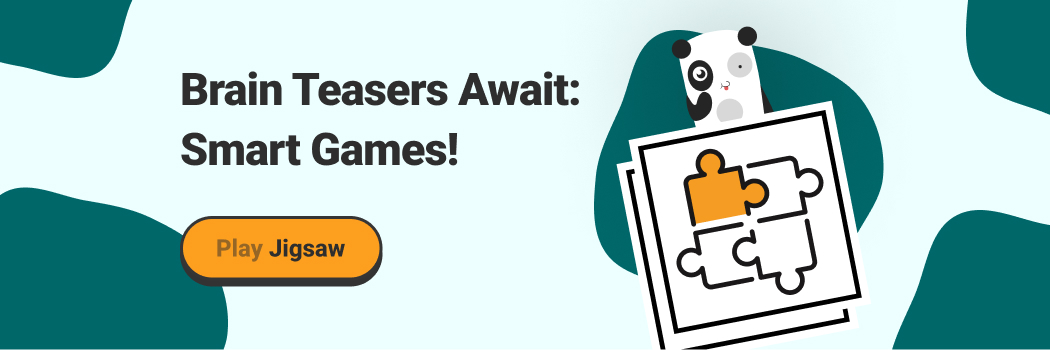When people say a “picture is worth a thousand words,” the images in this list are a good example of that. Emotions, meaning, beauty, terror, all can now be encapsulated in just a few pixels and spread over the internet for all to see.
These Instagram pages gather examples of “blursed” images, a portmanteau of “blessed” and “cursed,” reflecting the fact that many people end up feeling a whirlwind of emotions when they look at them. So get comfortable and prepare for a roller coaster of feelings as you scroll through, upvote your favorites, and be sure to comment your thoughts.
More info: Instagram | Instagram
This post may include affiliate links.
Attributed to the American newspaper editor Arthur Brisbane, “A picture is worth a thousand words,” started out as "Use a picture. It's worth a thousand words," during a conference on journalism in 1911. The version used nowadays, “A picture is worth a thousand words,” comes from a 1918 newspaper advertisement for the San Antonio Light.
It makes sense that newspaper owners would already be thinking in these categories in the pre-digital era. After all, words mean ink, and ink means printing costs, directly affecting the business's bottom line. Ironically, despite professing the ability of an image to convey an idea, this precise formula still required text.
A similar ad, about a decade later also showed a bit of inflation, as Fred R. Barnard wrote the copy of an advertisement for Printers' Ink, that stated "One Picture Worth Ten Thousand Words", which he also, deceivingly, labeled a Chinese proverb. Despite this deception, all in all, the words still ring true, as the science of photography developed and people began to see photos not just as strictly ways to consume data, but as an art form.
Similar variants have existed across time and other cultures, all pointing to the ability of a visual to quickly say a lot more than words. Leonardo da Vinci, who painted, drew, and wrote, stated that a poet would be "overcome by sleep and hunger before [being able to] describe with words what a painter is able to [depict] in an instant,” which likely still applies today.
Regardless, as both the art of the Renaissance and these blursed images show us, a picture can very easily fill us with emotions, sometimes by the intention of the creator and sometimes just because the subject matter can be so bewildering that we can’t help but stop and stare. While images that are cursed have been around for decades, it’s only recently that we have had the vocabulary to categorize them.
Early photography perhaps did not always feature such an eclectic collection of subjects, as film was expensive and the process was labor-intensive. Similarly, old cameras were slow, so photographers had to focus on subjects that were inert. This is why, keeping with the theme of cursed, many early “historical” photos were of corpses from battlefields, which, incidentally, skewed how many people thought of wars at the time.
Basically, before the smartphone, any sort of photography involved resources, unless one was getting a disposable camera. At the same time, the desire to take a picture and the ability to handle a real film camera well are not equal. This is why there are mountains of bad, old photos from people who were trying their best but really could not necessarily get focus and lighting down.
The flip side is a style of image that is clearly not professional, but this in turn gives the image more legitimacy, as a professional can “doctor” the image, while an amateur photographer has no choice but to capture what's in front of them. This, perhaps, is what gives these images their effect, as they could not have been faked given the technology of the time and the ability of the photographer. And if they were not faked, obviously, they must be real.
This adds to the effect, as the images here are hardly “normal,” instead reflecting something so unusual, that it either “curses” or “blesses” us. Even if you don’t see these things in real life, seeing an image, particularly one that appears to be real and unedited, might be enough. The viewer now lives in a reality where there things can happen and has to make sense of that.
So it’s not so much the image that is ‘blursing'' you, it's the way it reveals an aspect of reality you didn’t think existed before. Knowledge is dangerous, hence why this new data isn’t just some fun fact and why netizens turn to almost religious terminology like “blessed” and “cursed” to adequately describe how these things make them feel.
Some also create new combinations of ideas by taking two existing pictures and putting them side-by-side, a new set of emotions and ideas are unlocked. So as you scroll through, perhaps don’t think too hard and instead, let the visuals guide your emotions and see where it takes you. And if you want more “blursed” content, Bored Panda has got you covered, you can find our other collections here and here.
I like these ones! Please no more of those annoying "entitled person does x", they just make everyone sad.
Interesting... Just got notified a comment of mine got a bunch of upvotes... but the link took me here??? I had to search through each story post to find my comment??? Why??? Bored Panda, WHY are you making things so complicated??? = /
It used to take me right to my actual comment. I don't understand why it took me here???
Load More Replies...I like these ones! Please no more of those annoying "entitled person does x", they just make everyone sad.
Interesting... Just got notified a comment of mine got a bunch of upvotes... but the link took me here??? I had to search through each story post to find my comment??? Why??? Bored Panda, WHY are you making things so complicated??? = /
It used to take me right to my actual comment. I don't understand why it took me here???
Load More Replies...
 Dark Mode
Dark Mode 

 No fees, cancel anytime
No fees, cancel anytime 










